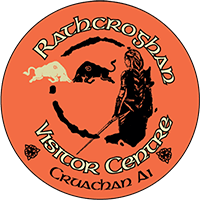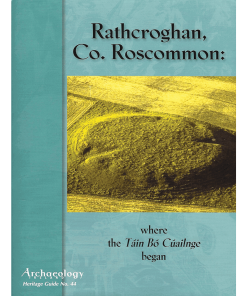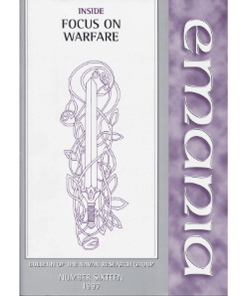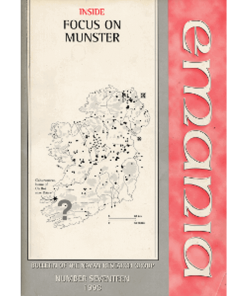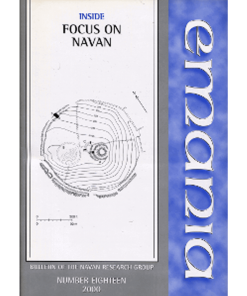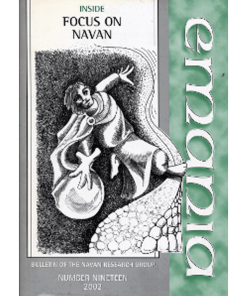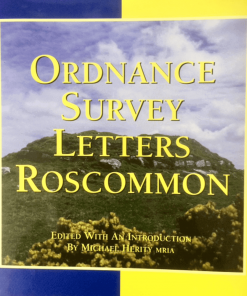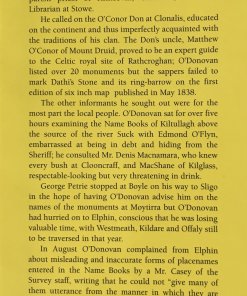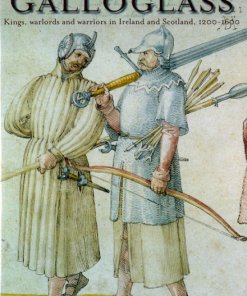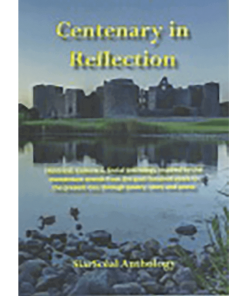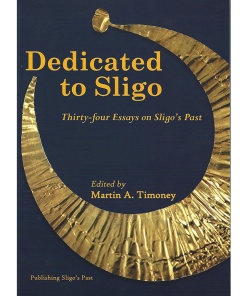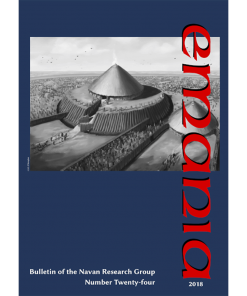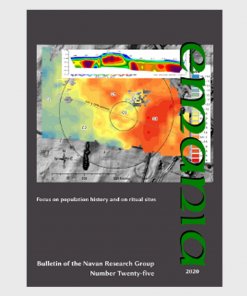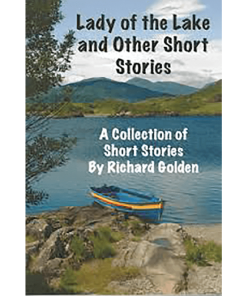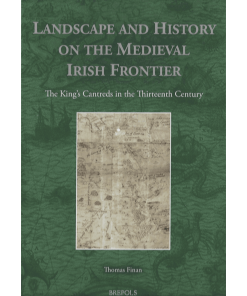Contents
Waddell, John: Equine cults and Celtic goddesses, 5-18.
Hicks, Ronald: The rout of Ailill and Medbh: myth on the landscape, 19-34.
Fenwick, Joe: The late prehistoric ‘Royal Site’ of Rathcroghan, Co. Roscommon: an enduring paradigm of enclosed sacred space, 35-51.
McCarthy, Mike & Curley, Daniel: Exploring the nature of the Fráoch Saga – An examination of associations with the legendary warrior on Mag nAí, 53-62.
Warner, R.B.: Ptolemy’s River Winderis: a corrected identification, a sea-monster and Roman material from the adjacent sandhills, 63-67
Ó Drisceoil, Cóilín & Walsh, Aidan: New radiocarbon dates for the Black Pig’s Dyke at Aghareagh West and Aghnaskew, County Monaghan, 69-79.
Brandherm, Dirk; McSparron, Cormac; Kahlert, Thorsten & Bonsall, James: Topographical and geophysical survey at Knocknashee, Co. Sligo – Results from the 2016 campaign, 81-96.
Wilkinson, Anthony: Knocknashee – Local perceptions, 97-98.
McCafferty, Patrick: The fear of fairy forts: archaeological preservation by plague and superstition, 99-106.
